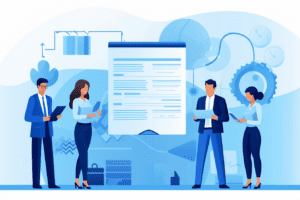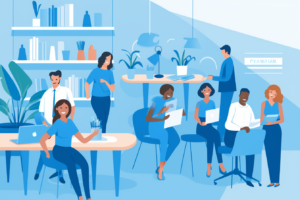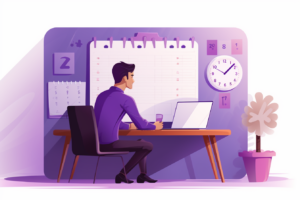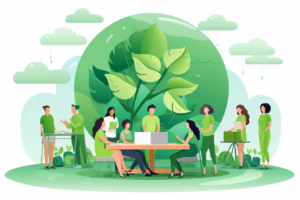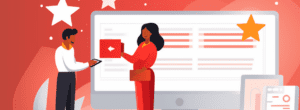Future skills planning: Unlocking success with talent assessments
- 4 Min Read
Discover the untapped potential of talent assessments in future skills planning, helping organizations bridge the gap between current workforce skills and the skills required for future success, while enabling targeted upskilling and reskilling initiatives for maximum impact.
- Author: Aon
- Date published: Jan 31, 2024
- Categories
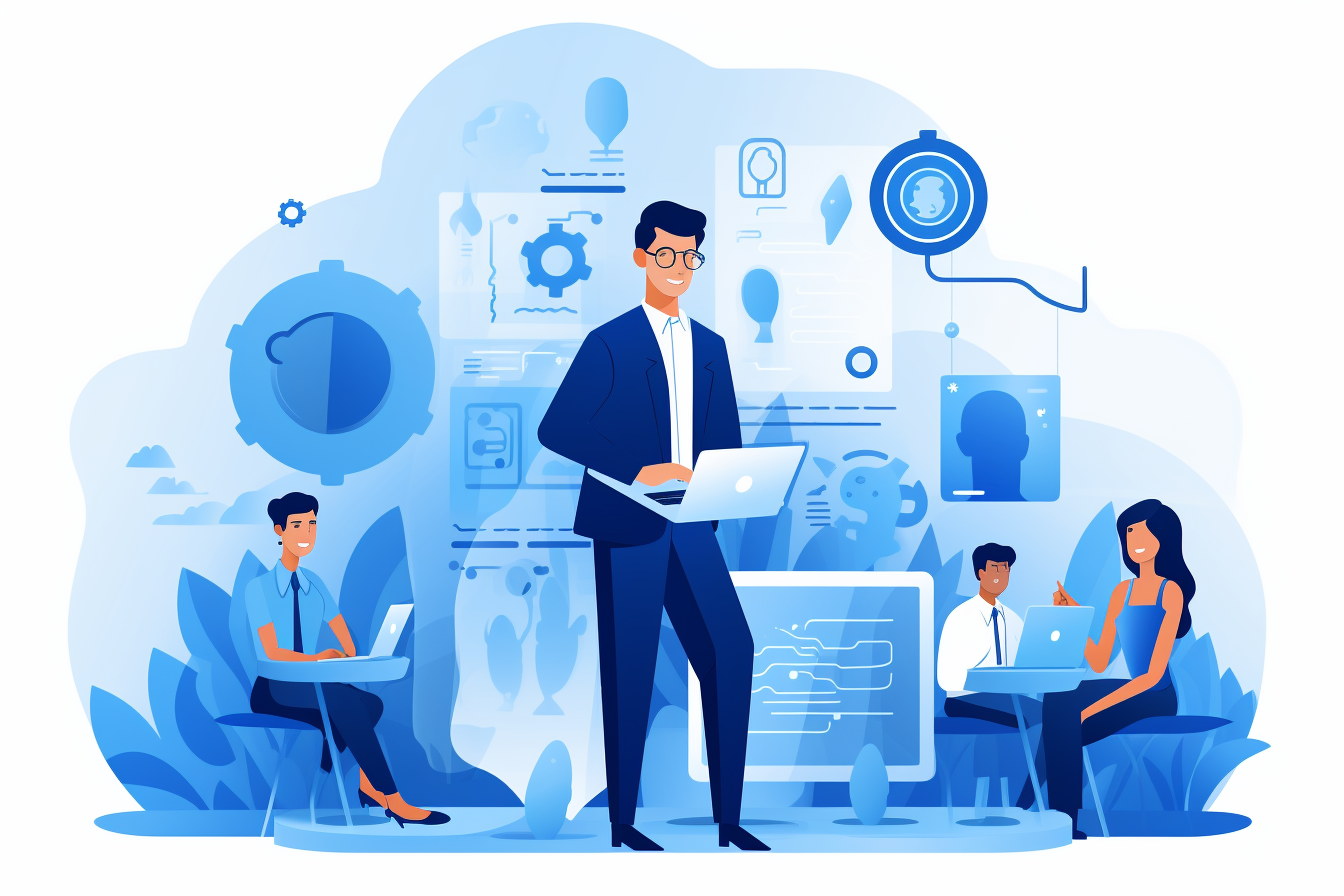
Future skills planning should be a top priority for talent professionals and leaders across all organizations. We work with clients that are increasingly asking questions like:
- What skills do we need right now and in the future?
- How do we incorporate future skills in our workforce planning?
- Who should we prioritize for upskilling or reskilling?
While future skills planning involves many areas, one secret weapon that we see underutilized by businesses is the use of talent assessments to uncover current skills proficiency and future potential.
The rate of change and disruption in most sectors means that what we thought of as future skills are often needed sooner than we think. Without them, most organizational strategies simply will not be achieved. Future skills can be any or a combination of competencies, abilities and behaviors often separated into technical or ‘hard’ skills, and ‘soft’ skills.
Assessments can help leaders understand how future-ready their business is. This means understanding current skills proficiency versus what is most likely to be required in the future. Ultimately, leaders need to close the gap between the skills their current workforce possesses and what skills they need into the future.
With the right mix of psychometric, ability and competency assessments, an organization can optimize its talent strategy by identifying which individuals have the highest potential to upskill (develop further within their current skillset) or reskill (learn new skills).
Having this information means targeted interventions, such as learning and development initiatives, can be put in place to start closing skills gaps. For example, rather than investing in widespread and costly training programs to increase skills proficiency generally, insights from assessments can provide a clear plan on who, how and what to invest in.
By creating a skills gap analysis, leaders will know which skills are lagging versus which are realized strengths. This will allow organizations to track progress by tracking the impact of specific interventions in raising proficiency levels against future skills requirements.
Developing a comprehensive strategy to close future skills gaps in the workforce can be summarized into four steps.
Step #1: Create a ‘future ready’ skills taxonomy
Once you have established which skills are needed by consulting market trends and job analysis, the next step is to assign market target proficiency levels against each skill. These proficiency targets provide a benchmark for success and should mirror external and internal factors such as the overall business goals and market trends.
Step #2: Use a tried and tested model to assess for employee future readiness
Agility, ambition, learning ability and curiosity are all factors of future readiness — which is an indicator of the ability to learn future skills. Often called a ‘growth mindset’, it includes:
- The willingness and ability to learn and seek new development opportunities,
- Adapting flexibly to an ever-changing work environment, and
- An openness to try new things.
Step #3: Assess your existing workforce for future readiness
Using talent assessments for current employees will help leaders understand individuals’ current skills, their propensity for change, their career ambitions and more. This insight will help determine which individuals and jobs need to be reskilled first.
Individual high scorers can be spotted and moved into positions of influence. An audit of teams or larger groups shows how the current workforce stacks up against future skills to identify skills gaps and plan how these might be filled.
Step #4: Assess for timeless soft skills
People bring more than just skills and experience with them to work. They bring their personality and all the preferences, tendencies and styles that come with it. Our research shows that four out of the top five most-needed skills are soft skills. This number has remained stable over the last four years.
They are also the ones least likely to change in the future, unlike technical skills that are changing with the speed of technology. Soft skills include communicating with impact, creating emotional attachment, driving results and taking initiative. Personality assessments, such as Aon’s ADEPT-15®, can uncover the unique aspects of an individual’s personality to identify these skills.
To learn more about how your organization can make the best use of assessments, please download Aon’s ‘A Guide to Making Better People Decisions With Talent Assessment’.
The information contained in this document is intended to assist readers and is for general guidance only and is not intended to provide advice to the reader.



